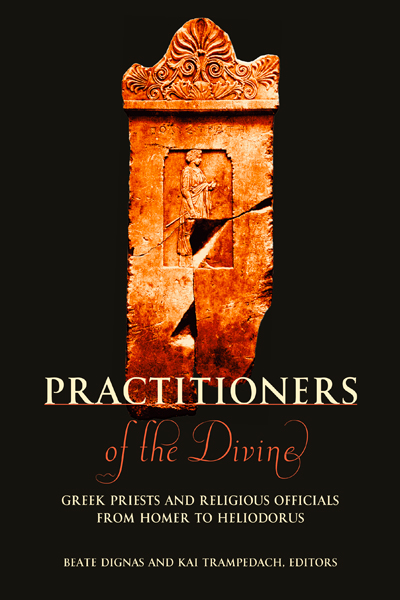Practitioners of the Divine: Greek Priests and Religious Officials from Homer to Heliodorus
“What is a Greek priest?” This volume, which has its origins in a symposium held at the Center for Hellenic Studies in Washington, D.C., focuses on the question through a variety of lenses: the visual representation of cult personnel, priests as ritual experts, variations of priesthood, ideal concepts and their transformation, and the role of manteis. Each chapter looks at how…
“What is a Greek priest?” This volume, which has its origins in a symposium held at the Center for Hellenic Studies in Washington, D.C., focuses on the question through a variety of lenses: the visual representation of cult personnel, priests as ritual experts, variations of priesthood, ideal concepts and their transformation, and the role of manteis. Each chapter looks at how priests and religious officials used a potential authority to promote themselves and their posts, how they played a role in conserving, shaping and reviving cult activity, how they acted behind the curtain of polis institutions, and how they performed as mediators between men and gods. It becomes clear that Greek priests had many faces, and that the factors that determined their roles and activities are political as well as historical, religious as well as economic, idealistic as well as pragmatic, personal as well as communal.
Available for purchase in print via Harvard University Press.
Dignas, Beate, and Kai Trampedach, eds. 2008. Practitioners of the Divine: Greek Priests and Religious Figures from Homer to Heliodorus. Hellenic Studies Series 30. Washington, DC: Center for Hellenic Studies. http://nrs.harvard.edu/urn-3:hul.ebook:CHS_DignasB_and_TrampedachK_eds.Practitioners_of_the_Divine.2008.
This work is licensed under a Creative Commons 3.0 License.

